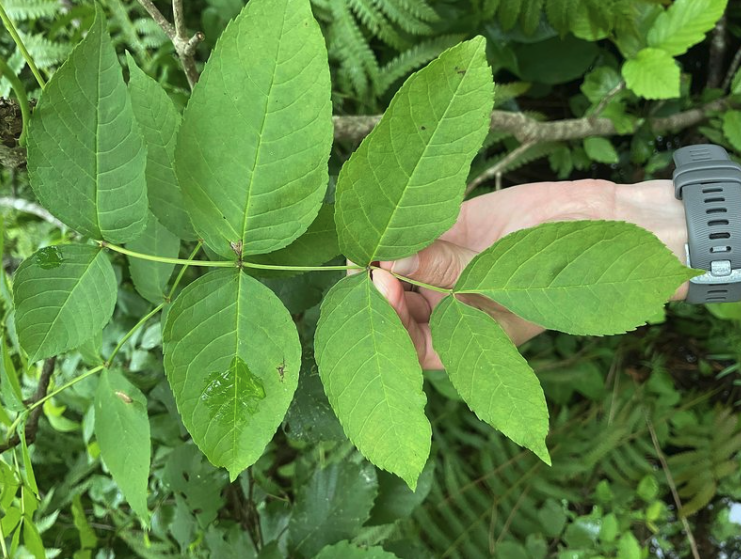Join APCAW, GMRI and ERI for a field-based training on how to contribute to a collaborative effort to monitor and preserve ash trees
As the emerald ash borer moves through the Northeast, help is needed to support both basketry as a Wabanaki cultural lifeway and ecological resilience. Through monitoring for signs and symptoms of the emerald ash borer and sharing information on healthy ash trees in your area, you could help preserve ash trees into the future.
On the morning of July 22nd, 8:30am-12pm, join the Gulf of Maine Research Institute (GMRI) and the Ash Protection Collaboration Across Wabanakik (APCAW) to practice ash inventory protocols and learn how to contribute data from your own community to a broad community science effort. Land trust or conservation staff, conservation volunteers, citizen scientists, and private landowners are encouraged to join. During this training, we will:
- learn about collaborative efforts to preserve ash trees on the northeaster landscape
- cover how to find ash trees using google maps and habitat characteristics
- practice identifying ash trees, signs and symptoms of emerald ash borer, potential seed trees, and collecting additional field site data
- contribute data directly to Protecting Ash: A Preservation Focused Inventory Project
- share resources to take back to your community
- connect to a broad community of land stewards, scientists, community members, and basketmakers dedicated to preserving ash
In the afternoon, the Ecological Research Institute (ERI) will lead a training 1-4 pm on its Monitoring and Managing Ash (MaMA) program. In this session we will learn:
- how finding and gathering material from naturally occurring ash with partial EAB resistance (“lingering ash”) can enable breeding of EAB resistant trees
- how to use MaMA’s “action maps” to see where and when to search for lingering ash
- how to establish monitoring plots and contribute data to the MaMA Monitoring Plots Network. These plots enable lingering ash detection and can also help guide ash management
- how to incorporate lingering tree detection into ash management
Register for the event here. You can register for just the morning session or the afternoon, or dedicate the full day to protecting ash! Lunch will be provided to those who attend the full day.
If you have questions, reach out to Ella at ella.mcdonald@maine.edu or Meggie at mharvey@gmri.org.


